Genesis Manor, Costa Rica, Solar microbatch | exquisite small amount of Central American coffee
For more professional coffee exchanges, please scan the code and follow Wechat: FrontStreetCoffee
[Genesis Micro batch of Costa Rica]
Country: Costa Rica
Region: Western Valley
Processing plant: Finca Genesis Genesis Micro batch processing Plant
Altitude: 1700 m
Variety: Kaddura / Kaduai
Level: SHB
Treatment: insolation

01 | introduction of the processing plant
Piedades Alajuela is located in the well-known western valley producing areas, planting about 1700 meters above sea level, mainly to grow Kaddura, Kaduai. With the help of the unique local climate, Genesis processing plant produced this micro-batch of sun-dried coffee beans, which has rich fruit aroma and good cleanliness.

Genesis is one of the earliest microbatch processing plants in Costa Rica and is now run by Oscar Mendes and his wife Olga. They have been producing coffee for many years, and the couple are the leaders of their community and share a lot of experience and knowledge with other farmers. Oscar and Olga buy coffee cherries from farmers in the area and process raw coffee beans at Genesis. Producers can simply pay for processing services, or they can sell their cherries to a processing plant, where the coffee processed will attach the name of the farm to the coffee for recognition.
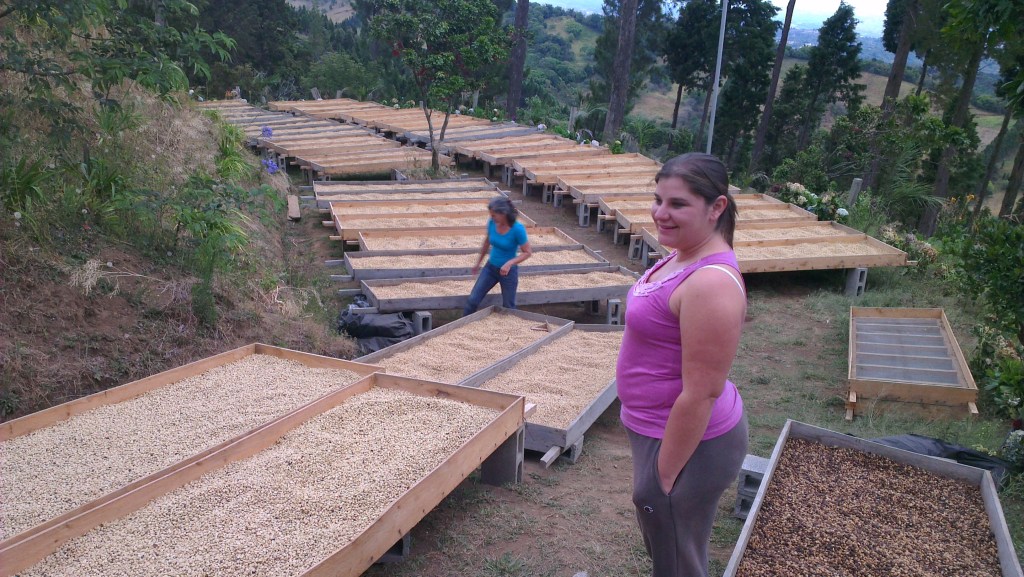
02 | Origin description
The western valley is one of the seven major producing areas of Costa Rica, known as Valle Occidental. The harvest time in the western valley is from November to mid-March of the following year, with a long harvest period, with fruity and nutty almond flavors. Western valley beans, the acid is not as bright as Tarazu, the taste is more stable, but the slightly lower temperature of coffee flavor, it is amazing, because the flavor changes continuously, in terms of the pursuit of taste, she is not amazing, but rather like [look good, medium drink] type.
Rich volcanic soil, sufficient sunshine, with an annual average relative humidity of 81%, abundant rainfall and an average annual temperature of 21.50 ℃, make crops grow luxuriantly in this area, and are also conducive to the cultivation of high-quality coffee at high altitude. In addition, the western valley region has a distinct dry and wet season, and when the coffee harvest season begins, it will enter the dry season, which means that the area has sufficient sunshine for washing and sunbathing. This advantage is seldom found in other producing areas in the country (almost all other famous producing areas in Costa Rica are machine-dried). The average altitude is 1000 to 1600 meters above sea level.
The coffee industry in Costa Rica started early, with the first batch of coffee shipped to Colombia and Chile as early as 1820. In 1854, an exporter, with the assistance of William Lyon, captain of the British merchant ship the Sovereign, successfully shipped 100 pounds of coffee to London, which became popular and was praised by British aristocrats as the "golden bean" from Costa Rica.
03 | Analysis of raw beans
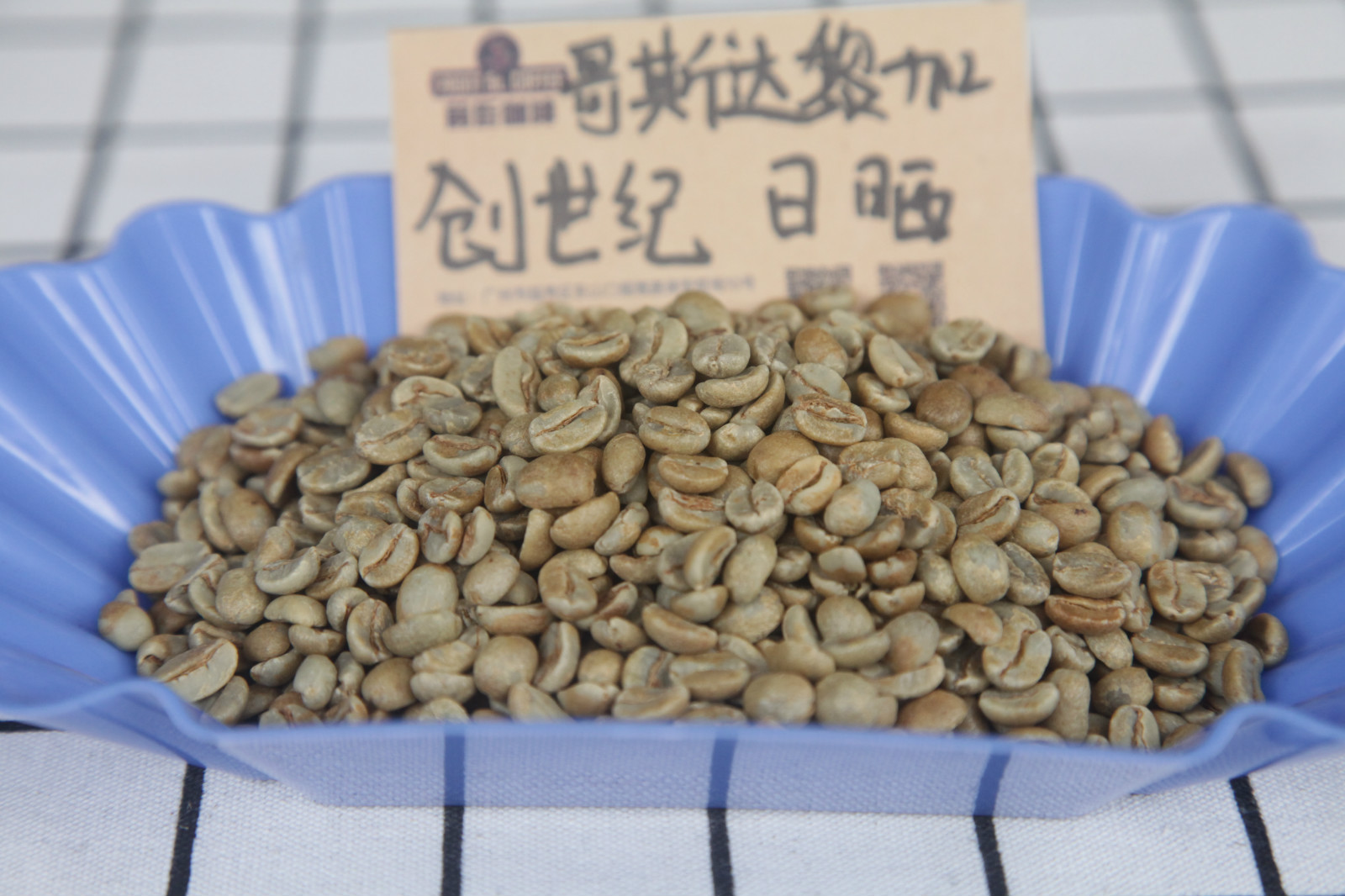
Kaddura, a natural variety of bourbon, was discovered in Brazil in 1937. Its tree is not as tall and shorter as bourbon. Due to inheriting the blood of bourbon, the resistance is relatively weak, but the yield is higher than that of bourbon. Although found in Brazil, Kaddura is not suitable for growing in Brazil, so it is not planted on a large scale in Brazil, but is popular in Central and South America, such as Colombia, Costa Rica and Nicaragua.
Kaduai is an artificial hybrid of Kaddura and Mondu Novo. Kaduai has a good ability to resist natural disasters, especially wind and rain. Kaduai tree species are relatively low, compared with other coffee trees, the fruit of Kaduai is stronger and harder to pick, and the fruit is both red and yellow.
04 | introduction to the handling method

This batch of coffee beans were picked at a high altitude of 1700 meters above sea level. The high-standard Genesis micro-batch processing plant used sun treatment to treat the beans. The fruits with intact skin were selected before going to the drying bed, and then dried indoors to keep them dry. Keep the moisture at about 10%. Oscar uses courtyard space to dry washed coffee and a tanning bed for honey treatment and sun exposure.
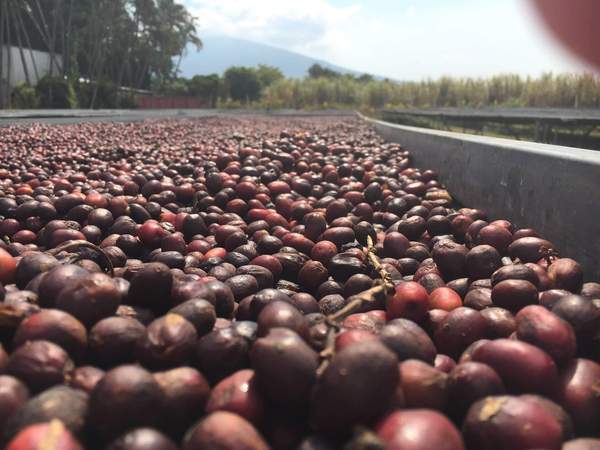
05 | Baking analysis

This coffee belongs to the SHB grade, the bean density is quite hard, roasted with high firepower to climb, turn yellow point in about 5 minutes 30 seconds, and then reduce the firepower to open the throttle into the Mena reaction, to 168℃ once again reduce the firepower to prolong the Mena reaction time. An explosion of about 182 ℃, this sun-dried beans need to reduce firepower before the explosion to prevent climbing too fast and bitter. Drop the beans at 195 ℃ at 1 minute 50 seconds.

Roaster Yangjia 600g semi-direct fire
The furnace temperature is preheated to 200 degrees Celsius, the throttle is opened, fire is opened, the firepower is adjusted to 160, the temperature recovery point is 1`31``, the firepower is maintained, the 5`30` turns yellow, the smell of grass disappears, enters the dehydration stage, the firepower is reduced to 130, and the throttle is opened to 4. At 168 degrees, the firepower was reduced to 100 again.
After dehydration, the bean surface appears wrinkled and black markings, and the smell of toast changes to coffee, which is a prelude to an explosion, when the firepower is reduced to 80, and pay attention to the sound of an explosion. When it starts to explode at 8`30``, the throttle is all open. The development time after explosion was 2 minutes and 20 seconds to 195 ℃.
The beans are dried with African-style sun scaffolding to accurately grasp the processing quality of raw beans, with a high overall sense of balance, good sweetness and clean taste. With aromas of fermented wine, spices and caramel, the palate is sour and then sweet, with citrus and grapefruit flavors, juicy and refreshing berry finish.
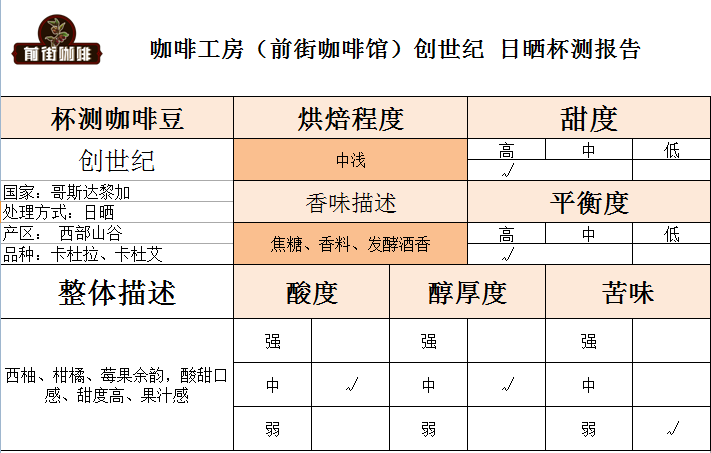
06 | Cooking data
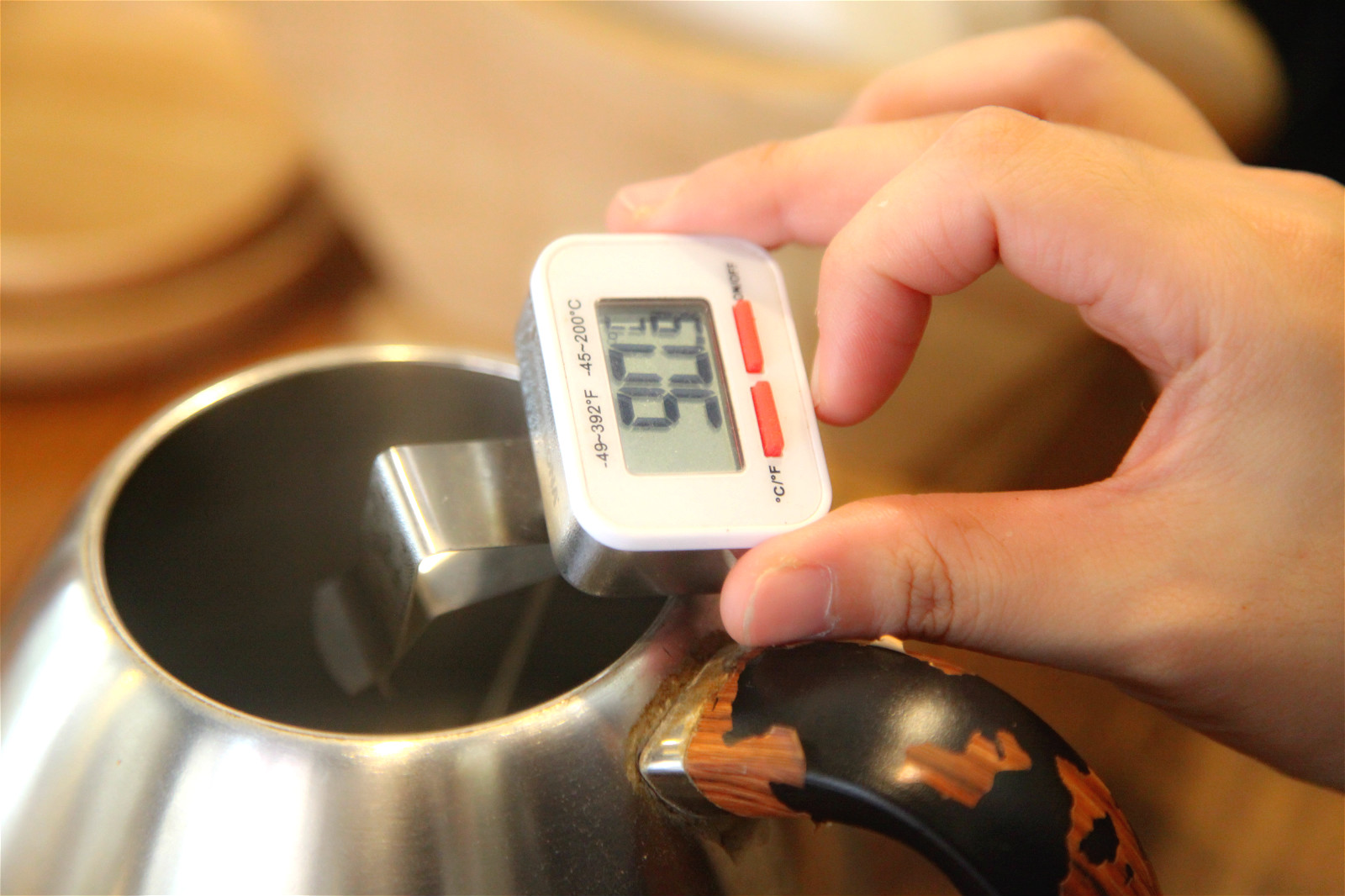

、

Recommended cooking method: hand flushing
Degree of grinding: 3.5 (Fuji R440, Japan)
Water temperature: 90 °C
V60 filter cup, 15g powder, water temperature 90-91 degrees, grinding 3.5.The ratio of water to powder is close to 1:15
Steaming in 30 grams of water for 30 seconds
Segment: water injection to 120ml cut off, slow water injection to 230ml
That is, 30-120-80, the total extraction time is 2 minutes.
Other suggestions for trickling extraction:
Normal pressure, recommended grinding degree of 3.5-4 / water temperature 90 °C
Philharmonic pressure, recommended 2.5 grinding degree, water temperature 90 °C
Important Notice :
前街咖啡 FrontStreet Coffee has moved to new addredd:
FrontStreet Coffee Address: 315,Donghua East Road,GuangZhou
Tel:020 38364473
- Prev
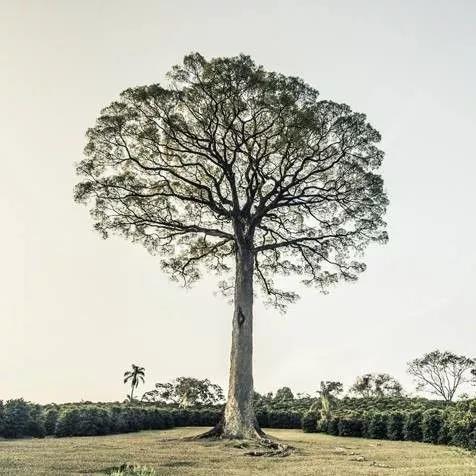
Brazil Shenmu Manor | Queen's Manor Sisters Manor, Brazil COE award-winning batches of tanning yellow bourbon
Divine Tree Manor Brazil Divine Mu Manor Sunshine Bourbon 2017 Brazil COE third Runner-up Brazil Fazenda Sertaozinho Yellow Bourbon Pulped Natural Manor: Brazil Santeo / Shenmu Manor production area: Minas Gerais State varieties: yellow bourbon Sea pull: 1200 m treatment: peel sun fermentation Natural 01 | Manor introduction to Brazil
- Next

How to taste a cup of rosy summer coffee? How to make Rosa Coffee Brand recommendation
Professional coffee knowledge exchange more coffee bean information please follow the coffee workshop (Wechat official account cafe_style) | Rosa coffee beans, also known as geisha Geisha pronounced as Japanese geisha, so some are also called geisha coffee; because the tree species are taller than ordinary coffee trees, they were originally planted in a small area of the manor and used as a windbreak. | Rose summer is one.
Related
- Detailed explanation of Jadeite planting Land in Panamanian Jadeite Manor introduction to the grading system of Jadeite competitive bidding, Red bid, Green bid and Rose Summer
- Story of Coffee planting in Brenka region of Costa Rica Stonehenge Manor anaerobic heavy honey treatment of flavor mouth
- What's on the barrel of Blue Mountain Coffee beans?
- Can American coffee also pull flowers? How to use hot American style to pull out a good-looking pattern?
- Can you make a cold extract with coffee beans? What is the right proportion for cold-extracted coffee formula?
- Indonesian PWN Gold Mandrine Coffee Origin Features Flavor How to Chong? Mandolin coffee is American.
- A brief introduction to the flavor characteristics of Brazilian yellow bourbon coffee beans
- What is the effect of different water quality on the flavor of cold-extracted coffee? What kind of water is best for brewing coffee?
- Why do you think of Rose Summer whenever you mention Panamanian coffee?
- Introduction to the characteristics of authentic blue mountain coffee bean producing areas? What is the CIB Coffee Authority in Jamaica?

